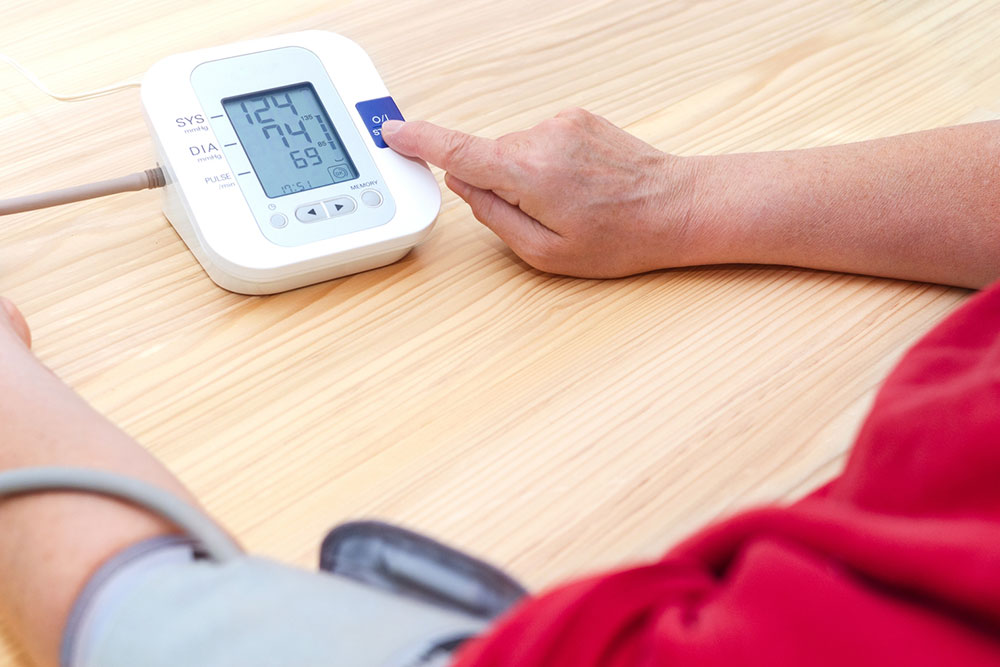Essential Strategies to Prevent Hyponatremia Causes
Learn effective strategies to prevent hyponatremia by addressing underlying health issues, staying informed about medications, and maintaining proper hydration during physical activities. Proper management and awareness can help keep sodium levels balanced and prevent severe symptoms associated with low sodium levels.

Effective Ways to Prevent Hyponatremia Triggers
Hyponatremia occurs when sodium levels in the bloodstream become dangerously low, leading to symptoms like nausea, vomiting, headaches, agitation, seizures, or even coma in severe cases. Prevention is possible through simple measures. Here are key strategies to avoid or minimize hyponatremia risk.
Address Underlying Health Issues
Since hyponatremia can stem from underlying conditions such as adrenal or thyroid disorders, managing these conditions effectively can reduce its occurrence. Proper treatment helps maintain balanced sodium levels.
Stay Informed
If you're starting new medication, discuss potential side effects with your healthcare provider, especially those that affect sodium levels. Conditions or medications like diuretics can increase hyponatremia risk—awareness and consultation are vital for prevention.
Hydrate Wisely during Physical Activities
During intense exercise, hydration is critical, but replacing fluids with salty drinks or electrolyte-rich beverages is more effective than water alone. These help replenish lost sodium through sweat. Listening to your body's thirst signals helps maintain proper fluid balance.
Use Sports Drinks During Exercise
Extensive physical activity, such as marathons or triathlons, causes significant sodium loss. Consuming electrolyte-packed drinks helps sustain sodium levels, preventing hyponatremia caused by excessive fluid loss.
Moderate Water Intake
While staying hydrated is essential, overdoing water intake can dilute sodium levels. Aim for balanced hydration—pale yellow urine typically indicates adequate fluid status. Thirst and urine color are good indicators.










